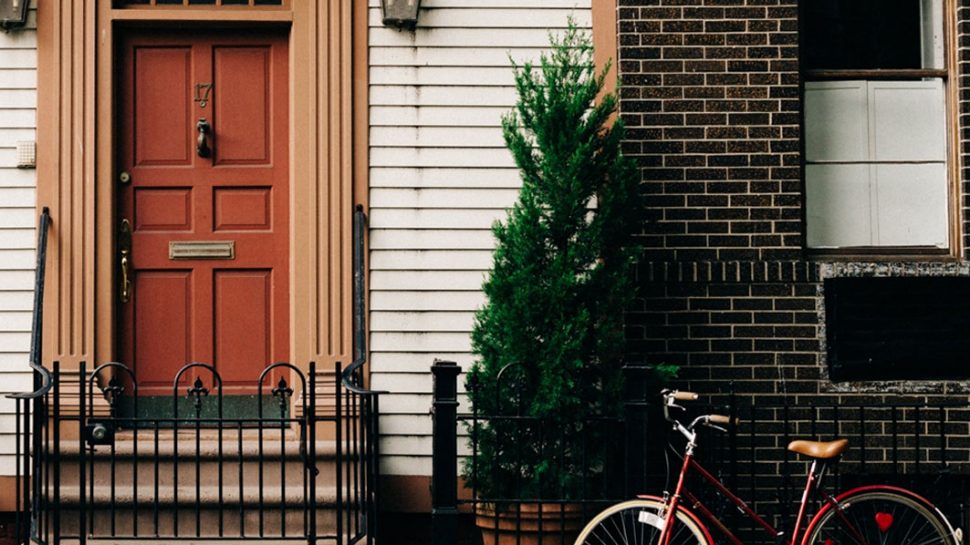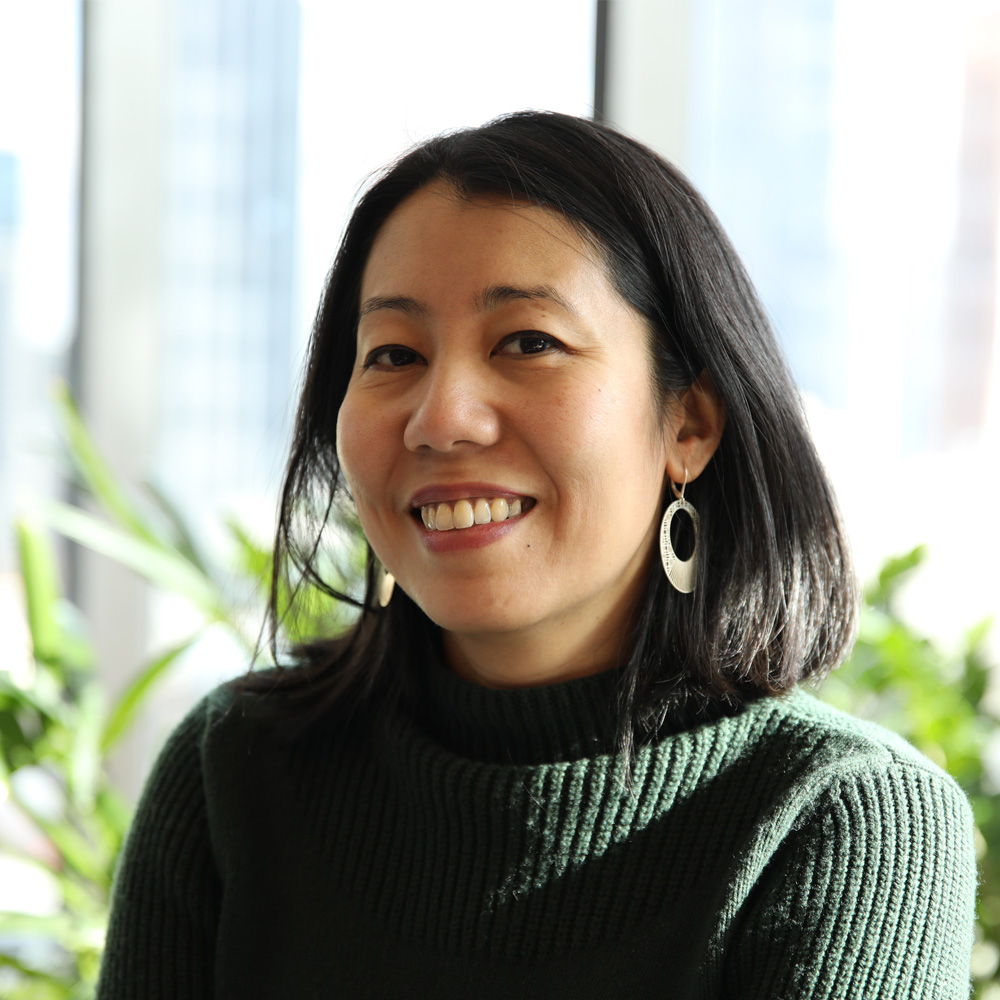Emily Beecroft: Sprinting towards Tokyo 2020
Time is precious when you’re chasing a dream. So when Australian swimmer, Emily Beecroft, needs new swimming equipment she shops online rather than in-store.
It’s 4.45am on a Monday. In her Traralgon home, 161km southeast of Melbourne, Emily Beecroft rubs the sleep from her eyes and gets ready for the 15 minute drive to the Traralgon Swimming Club where she will spend two hours powering through the water and refining her form, speed and technique.
Once morning training over, it’s time for the Year 11 Lavalla Catholic College student to head to her classes. She has a quiet hour to herself after school before she’s expected back at the pool for night training.
Emily will keep to this exact routine every day until the weekend. That’s when a gym session is added on top of swim practice. It’s a demanding schedule that would likely be deemed punishing by most 17-year-olds’ standards.
But Emily has a different set of standards for herself. One that employs uncompromising focus, discipline and commitment in the pursuit of a single goal – excellence.
These aren’t just the standards of a high-achiever; they are also the makings of an elite athlete. And the reason Emily Beecroft sits at the top of Australia’s para-swimming squad is because she meets those standards over and over again.
“The fitness level in swimming is so hard to achieve and maintain,” Emily says. “Two days out of the water could take a week of training to get back. That’s why we train so much, compared to other sports, to lower our time by just a millisecond.”
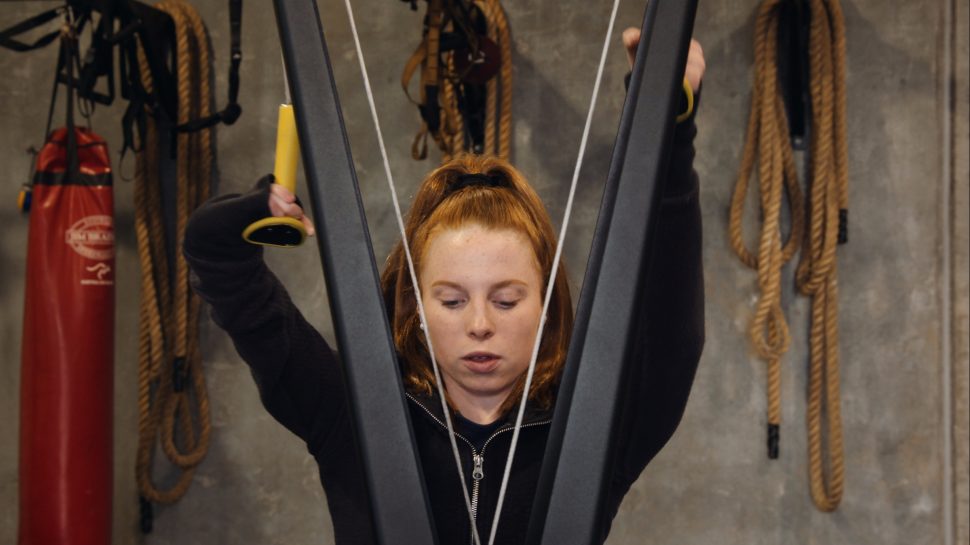
Not impossible, just different
The youngest of triplets, Emily and her sisters were born 10 weeks premature in November 1999. While Kaylee and Maddi went home after two weeks, Emily spent her first four months of life at the Neonatal Intensive Care Unit at Monash Clayton.
“I was born with a radial limb deficiency which means I only have one bone in my right arm,” she explains. “I also have a curvature of the bone, I’m missing a thumb and I have hearing loss in my right ear.”
The Royal Children’s Hospital in Melbourne became Emily’s second home over the next five years as she underwent 30 surgeries and had different orthotic braces attached to her arm to straighten it. Yet while the procedures may have been grim, the young Emily’s attitude was anything but.
“I once had a brace in bright pink. That was very cool.” She laughs. “Most of my childhood memories are of the Royal Children’s Hospital. But it wasn’t a scary place. They were really lovely there.”
Beneath Emily’s sunny disposition is a stoicism that her parents nurtured and fueled. As soon as their daughter learnt to speak, they taught her that there was no correlation between her disability and her potential. And because they refused to entertain the notion of limitation, so did she.
“In all my 17 years, there hasn’t been anything I couldn’t do. I just do it differently.”
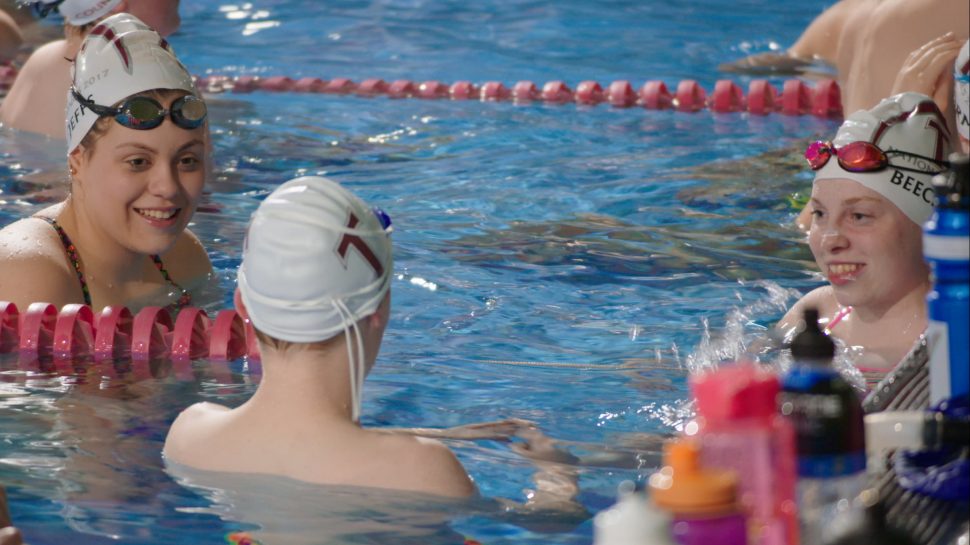
A class of her own
Emily found her place in the sporting world long before she discovered her prowess in the pool. In the seven years between learning to swim and her first official race in 2010, she competed with able-bodied athletes at state athletic meets and played on a netball team.
Swimming, however, offered her a class of her own. “The swimming club had a multi class for swimmers with disability and that worked really well after I got classified as an S9.”
The swimming classification system groups swimmers based on the impact of their impairment on their ability to compete. The system ensures that competition is fair and equal, and that winners are determined by the same factors as their able-bodied counterparts – skill, fitness, power, endurance, tactical ability and mental focus.
There are 16 classification classes across a range of disabilities and a prefix indicates the swim stroke associated to the sport class. The prefix S that Emily carries corresponds to the class for freestyle, backstroke and butterfly.
“I specialise in the 50m and 100m freestyle, and the 100m butterfly. I’m a sprinter. I don’t have the lung capacity of a long distance swimmer but what I do have is a very good dive. I’m usually first off the block.”
That dive, coupled with a powerful underwater swim, won her two silvers in the 2015 Australian Open Championships, a gold and silver in the Victorian Open Championships and a debut at the Rio 2016 Games.
In June 2016, she was among 12 athletes handpicked to compete in the IDM Berlin Championships where she broke the world record and brought home the gold in the 50m butterfly with a new time of 26.15.
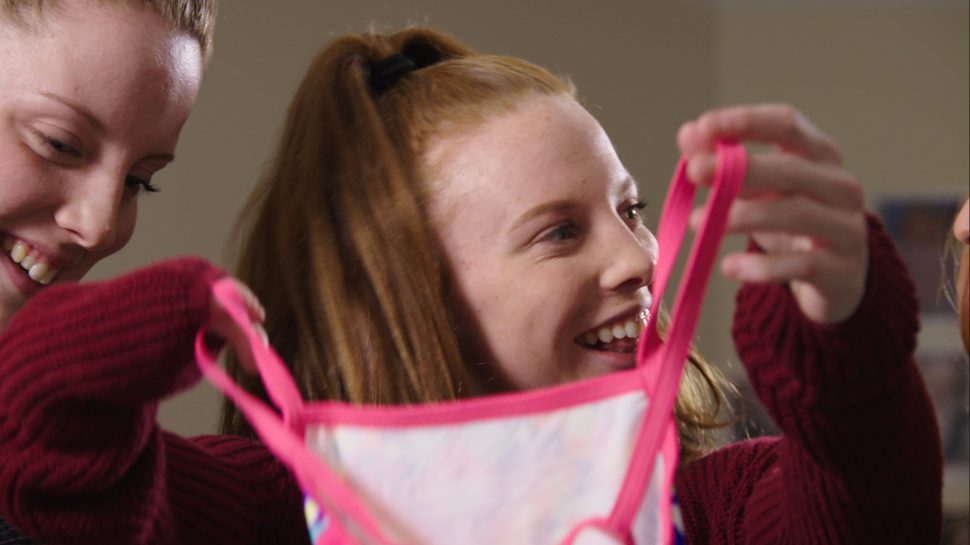
Equipped for victory
Much of an athlete’s success rides on talent and training. But aiding that is the athlete’s attire and equipment. In Emily’s case that primarily means swimwear, caps and goggles.
Well-made competitive swimwear contains high quality materials that reduce friction and drag in the water, and boost a swimmer’s forward motion. Professional swimmers also own a few pairs of practice suits that are treated for chlorine resistance so they last longer through multiple training sessions.
“Swimmers go through bathers very quickly,” Emily says. “I have to get a new pair every two months. I get all my swimming equipment online because it saves me so much time.”
“I don’t have time to go anywhere and there aren’t many stores in my country town. The nearest store is in Melbourne, which is two hours away, and I can’t afford that kind of time.”
Being an elite athlete also means invitations to awards nights and speaking events – all of which require a whole different wardrobe. Once again Emily turns to online shopping, which has since become a bonding session for the sisters.
She discusses swimwear options with Kaylee, who’s a swimmer on the same squad, and consults her “fashion guru” Maddi for advice on dresses, shoes and makeup. When she's ready to start shopping, her parents step in to ensure the purchases go through safely and smoothly.
“A girl always wants to look good!” she laughs. “And dresses are all I wear apart from my training gear.”
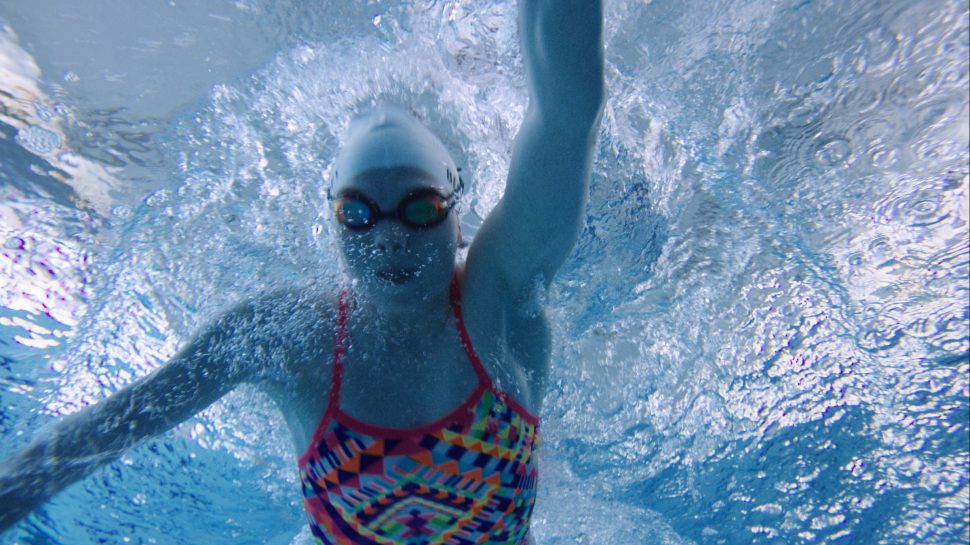
Racing ahead
After making to the finals in three of her four events in Rio, Emily is hungry to achieve her next two big goals.
The first is to make the 2018 team for the Commonwealth Games and the second is to represent Australia at the Tokyo 2020 Games. In 2014, she was long listed for the Tokyo Development Squad with Swimming Australia.
“I was one second off a bronze medal in Rio,” she reminisces. “The bronze medallist swam 29.30 and I did 29.33. It was just point three of a second away and I believe I can close that gap.”

